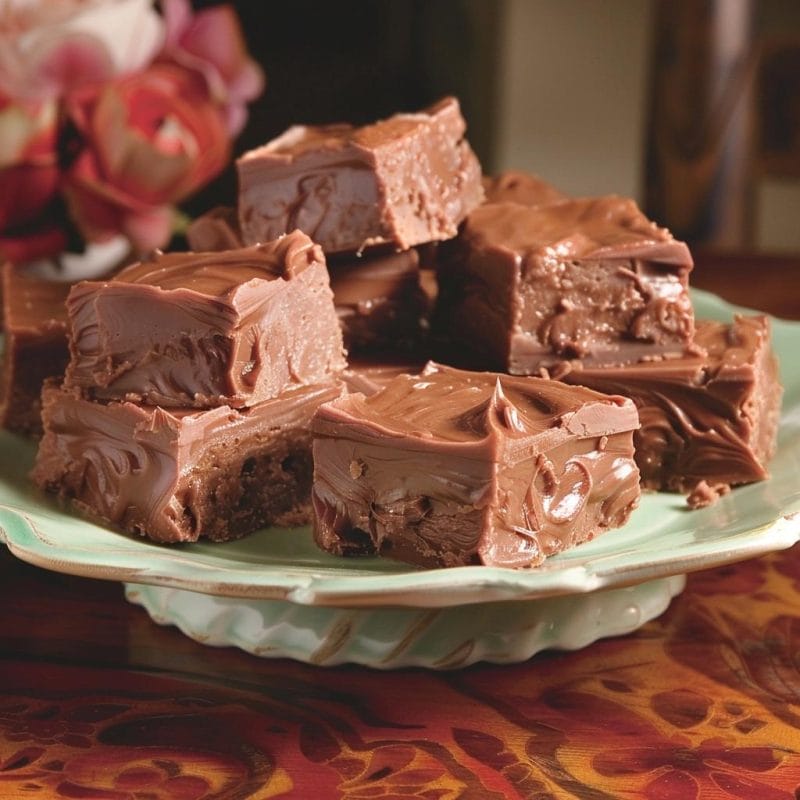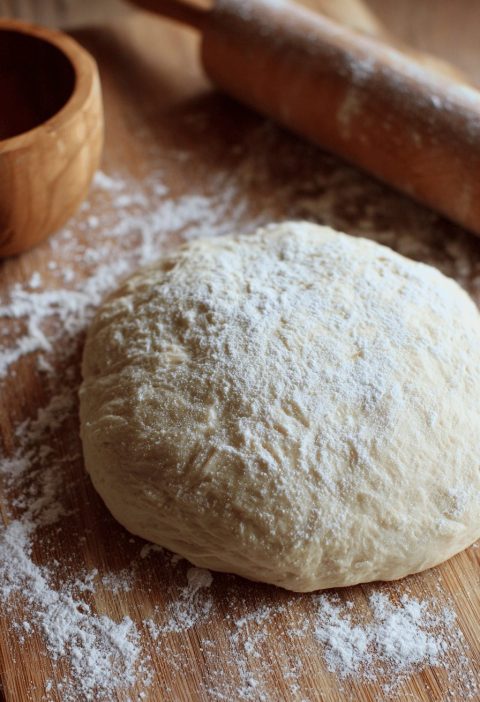Would you like to save this?
Cleaning the toilet—a task that often tops the list of household chores that most people dread. The thought of scrubbing away at stubborn stains, battling unpleasant odors, and dealing with calcified buildup can be disheartening. Yet, what if I told you that a common household item could transform this tedious task into something far simpler and more efficient? Enter soap—the unsung hero of toilet cleaning.
When it comes to maintaining a sparkling clean toilet, soap can be a game-changer. Not just any soap, but various types that you probably have sitting in your home right now. From bar soap to liquid soap and dishwashing liquid, each type has unique benefits and applications that can make your toilet cleaning routine remarkably effective.
A Personal Story
I still remember the first time I stumbled upon the idea of using soap for toilet cleaning. It was during a particularly hectic week when my usual cleaning routine had fallen by the wayside. The toilet was looking less than pristine, and I was facing the dilemma of finding an effective yet simple solution. In a moment of inspiration—or desperation—I decided to try using some leftover bar soap. To my amazement, it worked wonders. The soap not only cleaned the bowl but also left a fresh scent behind. This experience led me to explore other soap-based cleaning methods, each of which has become a staple in my cleaning arsenal. Now, I want to share these brilliant techniques with you, so you too can enjoy a clean and fresh toilet with minimal effort.
Ingredients and Tools
Bar soap (any type, but plain soap works best)
Liquid soap (black soap, dish soap, or any gentle liquid soap)
Citric acid (for toilet tablets)
Baking soda
Essential oils (optional, for added fragrance)
Tea tree oil (optional, for antifungal and antibacterial properties)
White vinegar
Epsom salt (optional, for a deeper clean)
Water
Ice cube trays (for making toilet tablets)
Spray bottle
Toilet brush
Step-by-Step Instructions
1. Cleaning with Soap Chips
Prepare the Soap Chips:
Take a bar of soap and cut it into small chips. This helps the soap dissolve more easily.
Place these soap chips in a pot with enough water to cover them.
Boil the Soap:
Heat the pot on the stove and bring the water to a boil. Stir occasionally to help the soap dissolve completely.
Cool and Add Essential Oils:
Once the soap has fully dissolved, remove the pot from the heat and let the mixture cool.
Add a few drops of tea tree oil to the mixture. Tea tree oil is known for its antifungal and antibacterial properties, which can enhance the cleaning power of the soap.
Transfer to a Spray Bottle:
Pour the cooled soap mixture into a spray bottle. This makes it easy to apply to various surfaces in the toilet.
Clean the Toilet:
Spray the solution generously around the toilet bowl and let it sit for a few minutes.
Use a toilet brush to scrub the surfaces, paying special attention to any stains or buildup.
Flush the toilet to rinse away the soap and debris.
2. Making Toilet Tablets with Liquid Soap
Mix Dry Ingredients:
In a bowl or container, combine 30 grams of citric acid and 130 grams of baking soda. These ingredients work together to tackle stains and odors.
Add Essential Oils and Liquid Soap:
Add a few drops of your favorite essential oil to the dry ingredients for a pleasant fragrance.
Mix in a teaspoon of liquid soap. Stir until the mixture is well combined.
Mold the Tablets:
Spoon the mixture into an ice cube tray, pressing down to pack it firmly.
Let It Set:
Allow the mixture to set in the tray overnight. This helps the tablets harden and become ready for use.
Store the Tablets:
Once set, remove the tablets from the tray and store them in an airtight container.
Use the Tablets:
Drop a tablet into the toilet bowl and let it sit overnight. The citric acid and baking soda will work on dissolving stains and buildup.
The next day, scrub the bowl with a toilet brush and flush to clean.
3. Using Black Soap for Cleaning
Prepare the Cleaning Solution:
Mix one teaspoon of liquid black soap with two tablespoons of white vinegar in a liter of water. The black soap is a natural and biodegradable cleaner, while the vinegar adds disinfectant properties.
Transfer to a Spray Bottle:
Pour the mixture into a spray bottle for easy application.
Clean the Toilet Bowl:
Spray the solution around the toilet bowl, ensuring you cover all areas, including the rim and under the bowl’s edge.
Let the solution sit for a few minutes to penetrate stains and buildup.
Scrub and Rinse:
Use a toilet brush to scrub the bowl thoroughly.
Flush the toilet to rinse away the cleaning solution and debris.
4. Dish Soap for Sparkling Toilets
Basic Cleaning with Dish Soap:
Pour a small amount of dish soap directly into the toilet bowl. Dish soap’s degreasing properties help break down grime and stains.
Use a toilet brush to scrub the bowl.
Flush to rinse away the soap and debris.
Deep Cleaning Solution:
In a bucket, mix two tablespoons of dish soap with three cups of white vinegar and a cup of Epsom salt.
Pour the mixture into the toilet bowl.
Let it sit for 30 minutes. The Epsom salt provides a gentle abrasive action, perfect for removing stubborn stains without damaging the bowl.
Scrub the bowl with a toilet brush and flush to clean.
5. Overnight Cleaning Mixture
Prepare the Mixture:
Combine ¼ cup of dish soap, ¼ cup of baking soda, and ¼ cup of water in a bowl. Stir until well mixed.
Apply the Mixture:
Pour the mixture into the toilet bowl.
Let It Sit:
Allow the mixture to sit overnight. This extended contact time helps to break down stains and grime.
Scrub and Flush:
The next day, use a toilet brush to scrub the bowl.
Flush to rinse away the cleaning solution and loosened debris.
Variations and Substitutions
Essential Oils:
If you prefer a specific scent, you can substitute the essential oils used in the recipes with your favorites, such as lavender, lemon, or eucalyptus.
Citric Acid Substitute: If you don’t have citric acid for the toilet tablets, you can use lemon juice as an alternative, though it may not be as effective.
Black Soap Alternative: If black soap is unavailable, a standard liquid soap can be used, though black soap’s natural properties provide additional benefits.
Conclusion
Utilizing soap in various forms for toilet cleaning offers an effective, economical, and eco-friendly approach to maintaining a sparkling clean bowl. Whether you use soap chips, liquid soap tablets, or dish soap, each method has unique benefits that simplify the cleaning process. By incorporating these soap-based techniques into your cleaning routine, you can save time, reduce the need for harsh chemicals, and enjoy a fresher, more hygienic toilet.
The appeal of these methods lies not just in their effectiveness, but also in their simplicity and accessibility. With ingredients readily available in most households, you can achieve a clean toilet with minimal effort and cost. Embrace the power of soap and transform your toilet cleaning routine into an easy and satisfying task.







